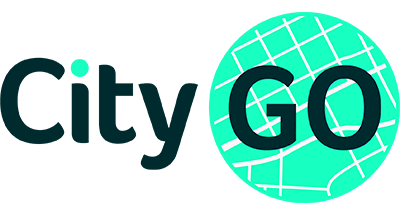Transportation Demand Management
In a growing world- it’s just the thing you have to do!
What is Transportation Demand Management?
Transportation Demand Management refers to a set of strategies and policies aimed at influencing travel behavior, reducing single-occupancy vehicle trips, and optimizing transportation systems. TDM focuses on managing and shifting travel demand by encouraging alternatives to driving alone, such as public transit, carpooling, biking, walking, telecommuting, and flexible work hours.
〰️
Walk
〰️
Bike
〰️
Ride the Bus
〰️
Carpool
〰️
Vanpool
〰️
Telecommute
〰️ Walk 〰️ Bike 〰️ Ride the Bus 〰️ Carpool 〰️ Vanpool 〰️ Telecommute
Why is Transportation Demand Management Important?
Sustainability: As we face the challenges of climate change and environmental degradation, TDM provides a sustainable approach to transportation. By reducing reliance on single-occupancy vehicles and promoting eco-friendly alternatives, TDM helps minimize carbon emissions, conserve energy, and protect natural resources.
Cost-Effectiveness: TDM strategies can lead to significant cost savings for individuals, businesses, and governments. By adopting alternative transportation options, individuals can reduce expenses related to fuel, parking, and vehicle maintenance. Employers can benefit from increased employee productivity, reduced parking demand, and lower infrastructure costs. Governments can allocate resources more efficiently by optimizing existing infrastructure rather than investing in costly expansion projects.
Quality of Life: TDM initiatives contribute to improved quality of life for individuals and communities. By reducing congestion and travel times, TDM helps reduce stress and frustration associated with traffic congestion. Accessible and sustainable transportation options also enhance mobility, connecting people to jobs, education, healthcare, and recreational opportunities.
Drive less. Do more.
Read. Write. Draw. Fill your life up! Not just the tank.
The Goals of Transportation Demand Management:
Reduce Congestion: By encouraging the use of shared modes of transportation and optimizing travel patterns, TDM aims to alleviate traffic congestion in urban areas. By reducing the number of single-occupancy vehicles on the road, TDM can help improve traffic flow, reduce travel times, and enhance the overall efficiency of transportation networks.
Improve Air Quality: TDM plays a vital role in mitigating air pollution and reducing greenhouse gas emissions. By promoting alternative modes of transportation that produce fewer emissions, such as public transit, biking, and walking, TDM contributes to cleaner and healthier air quality. It aligns with sustainability goals and helps combat climate change.
Enhance Accessibility: TDM initiatives strive to enhance accessibility to transportation options for all individuals, regardless of their socioeconomic status, age, or physical abilities. By promoting multimodal transportation networks and focusing on the needs of underserved communities, TDM improves mobility and ensures equitable access to transportation resources.
Optimize Resource Utilization: TDM aims to optimize the use of existing transportation infrastructure and resources. By encouraging modes of transportation that allow for higher occupancy rates, such as carpooling and public transit, TDM helps maximize the efficiency and capacity of transportation systems, reducing the need for costly expansions and new construction.
“Transportation demand management is the art of achieving more by doing less—less driving, less congestion, less pollution, and less stress.”


